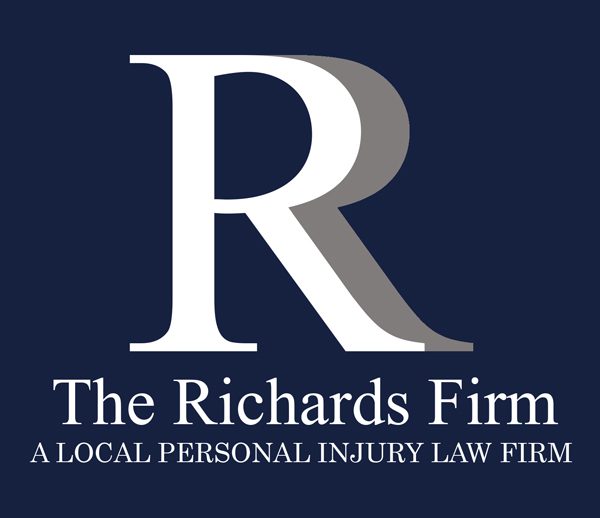Car owners depend on their vehicles. When your vehicle is involved in a collision, you need it repaired as soon as possible. Of course, you don’t want your car repaired by just anyone. You want to take it to a mechanic that you trust.
While some insurance companies may try to convince you otherwise, it is your legal right to choose where your vehicle is repaired.
Car accidents come with a lot of uncertainty and anxiety, and insurance companies generally don’t make it any easier. With a trustworthy mechanic and an understanding of the claims and repair process, you can get your vehicle back on the road quickly.
What to Expect During the Repair Process
Step 1: Obtaining an estimate– An estimator at your chosen repair facility will visually inspect your vehicle and generate a preliminary estimate of the cost to repair it. That estimate is just an initial assessment that can change once the repairs begin and the mechanic is able to better see the underlying damage. You are well within your right to ask the repair facility to take pictures of any damage that cannot be seen on the surface of your vehicle such as a bent frame.
Step 2: Repair authorization- Once an estimate has been generated, you may be required to obtain authorization from an insurance company before that repair work can begin. Many repair facilities are well acquainted with that process and the various insurance companies and will either direct the process or help you with it.
When a collision is not your fault and you have comprehensive property damage coverage on your vehicle, keep in mind that the estimate can be submitted to either the at-fault driver’s insurance company or yours. While you may be required to pay a deductible, that is often paid back to you once the two insurance companies participate in intercompany arbitration to negotiate a reimbursement.
Step 3: Disassembly- The repair facility will begin the process of repairing your vehicle by taking apart the affected areas. This part of process is when hidden damage is most likely to be found. You or your insurance company may be provided with a supplemental repair estimate reflecting that additional damage.
Step 4: Ordering parts- When the repair is authorized, the facility will begin to order the necessary parts to repair your vehicle. If you have a rare or hard-to-find vehicle, you may need to help facilitate the process by putting the repair facility in touch with part suppliers that you may be aware of through previous maintenance.
Step 5: Structural repair- When a collision involves a significant impact, the structure of your vehicle may be compromised. The repair facility will assess your frame and structural integrity of your vehicle, which may take several days to complete.
Step 6: Body repair- Assuming the necessary parts and other materials arrive at the repair facility in a timely manner, you can expect that it will take several hours to days to repair all cosmetic and non-structural damage to your vehicle.
Step 7: Paint and refinishing- When a vehicle or parts require painting, the process includes preparing the vehicle for painting then baking to cure the finish coats to factory standards.
Step 8: Reassembly- Your vehicle will be reassembled with the new parts and all systems will be checked to ensure the repairs meet necessary standards. Again, this stage of the process can take hours to days.
Step 9: Predelivery- Many repair facilities will clean your vehicle inside and out, inspect it, and test drive the vehicle before you pick it up.
Step 10: Delivery- You will pick up your car and complete any final paperwork. Either you or the repair facility may be required to provide copies of that paperwork to the insurance company handling payment of the repair work.
What to Keep in Mind When Choosing Your Mechanic
While many people have a go-to mechanic they use for all of their maintenance needs, others like to shop around. Please remember to choose a repair facility that can obtain new, original equipment manufacturer (OEM) approved parts, has the right tools and is certified to repair your specific make of vehicle, and that you feel comfortable with the repair team that will handle the repairs.
You do not have to settle for refurbished parts.
If you suffered injury as a result of a collision, contact your local, trusted personal injury attorney in Hamilton, Ohio and the surrounding communities today at 513-868-2731 or visit us at https://richardsinjuryfirm.com.
Follow The Richards Firm on Facebook (@TheRichardsFirm) or on Twitter (@FirmRichards).

